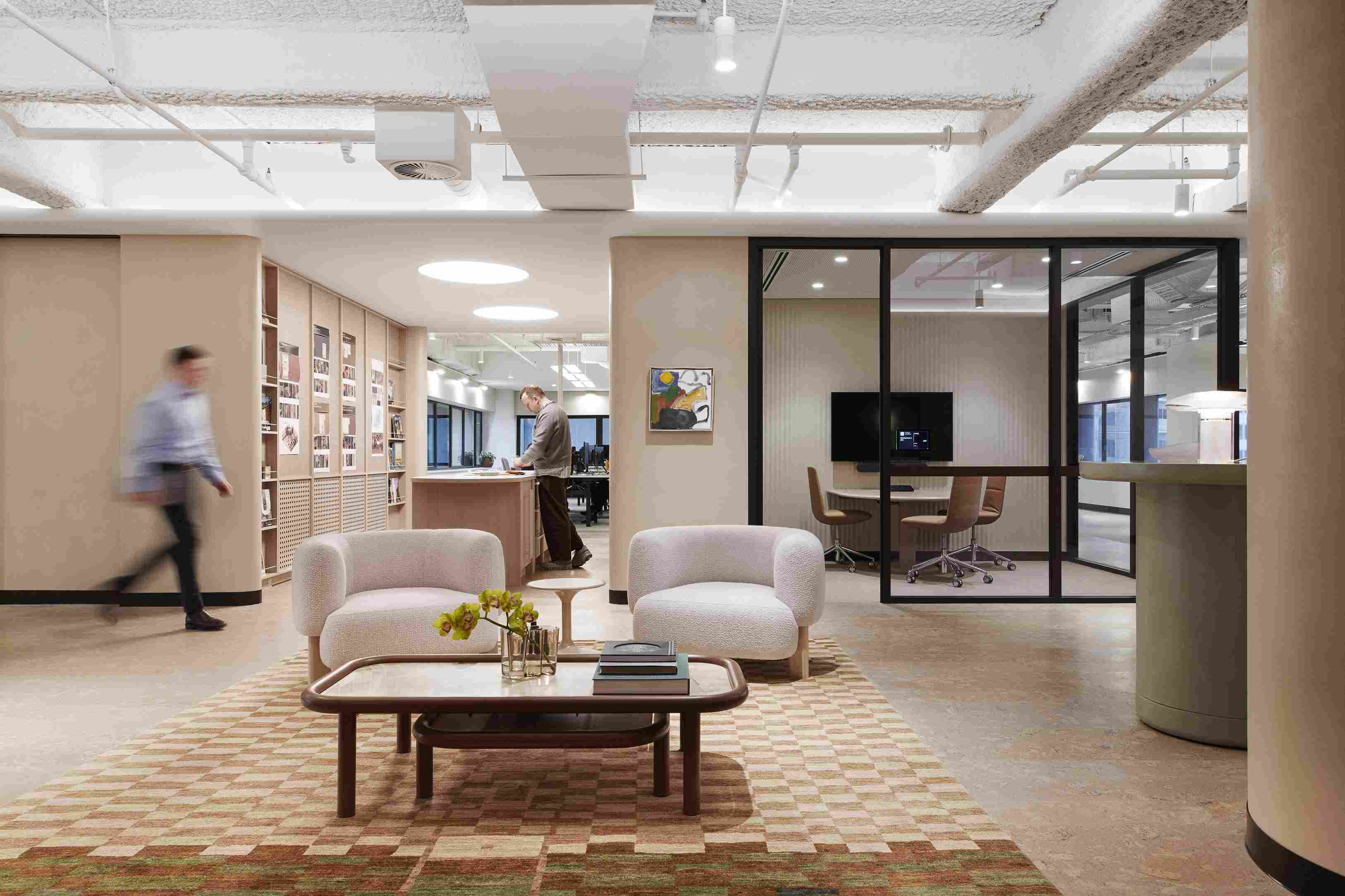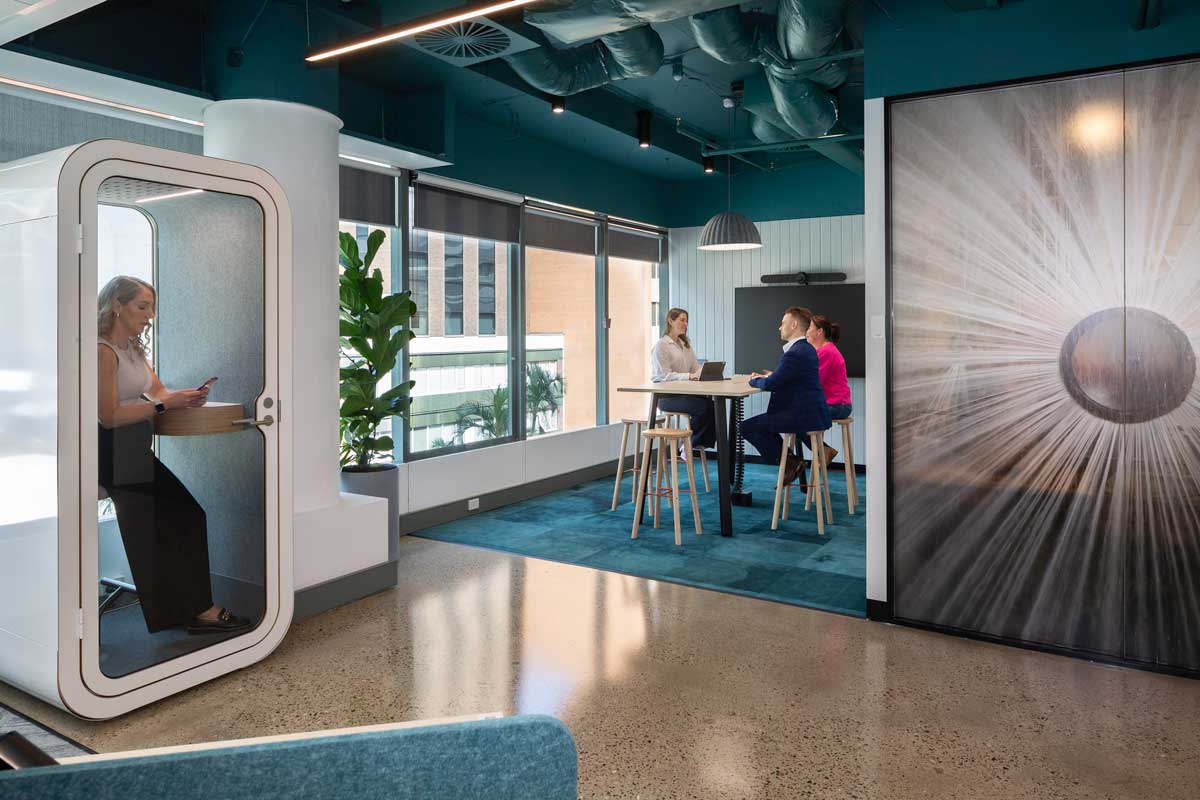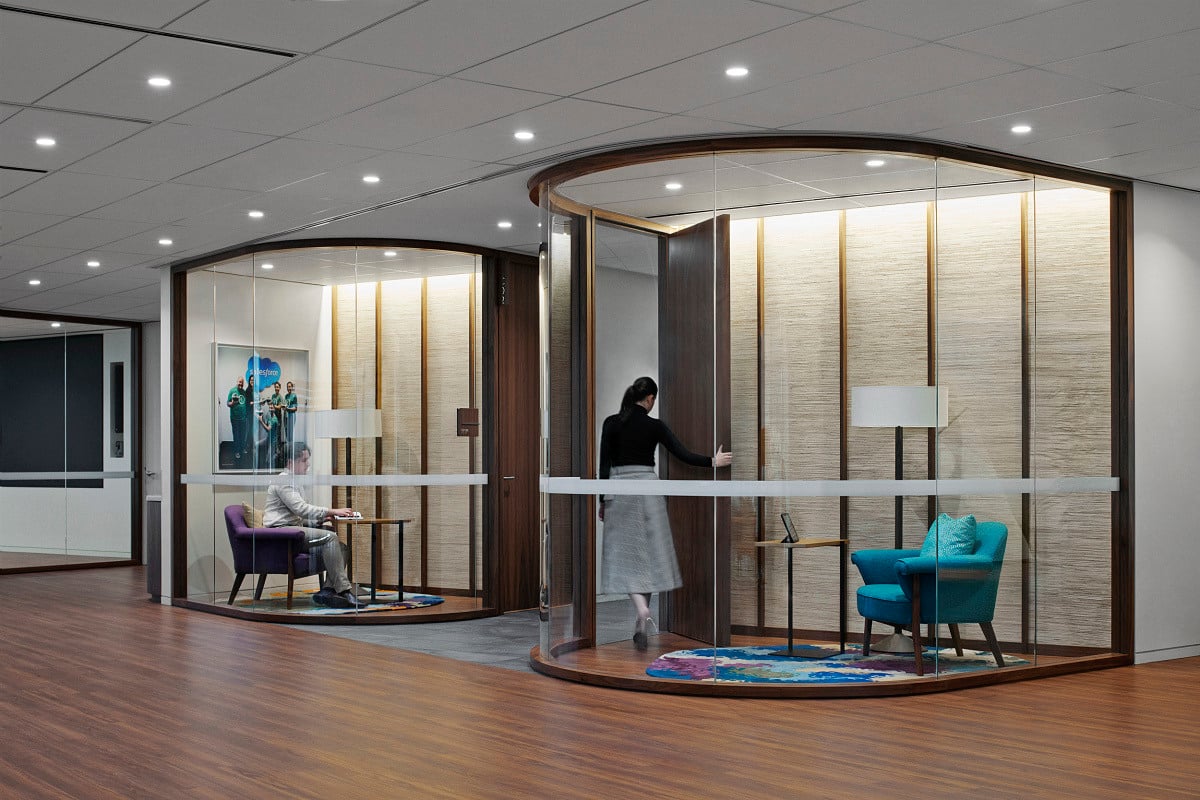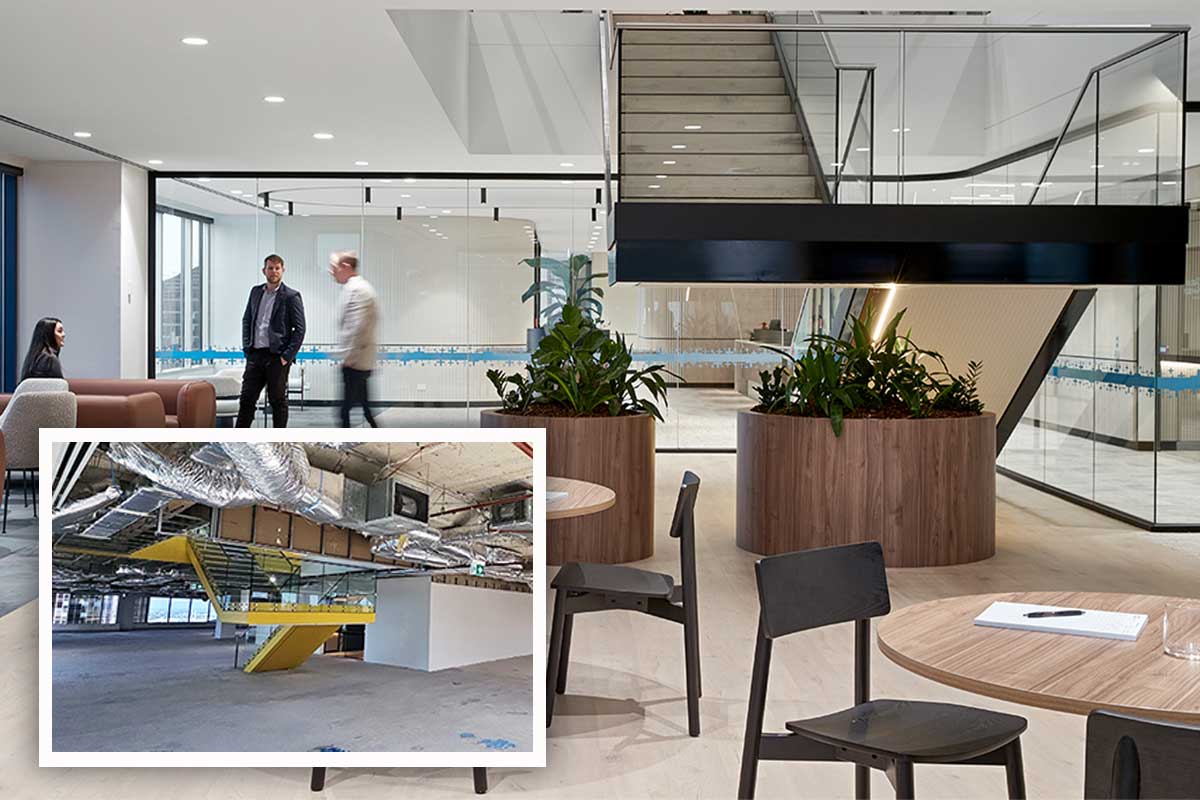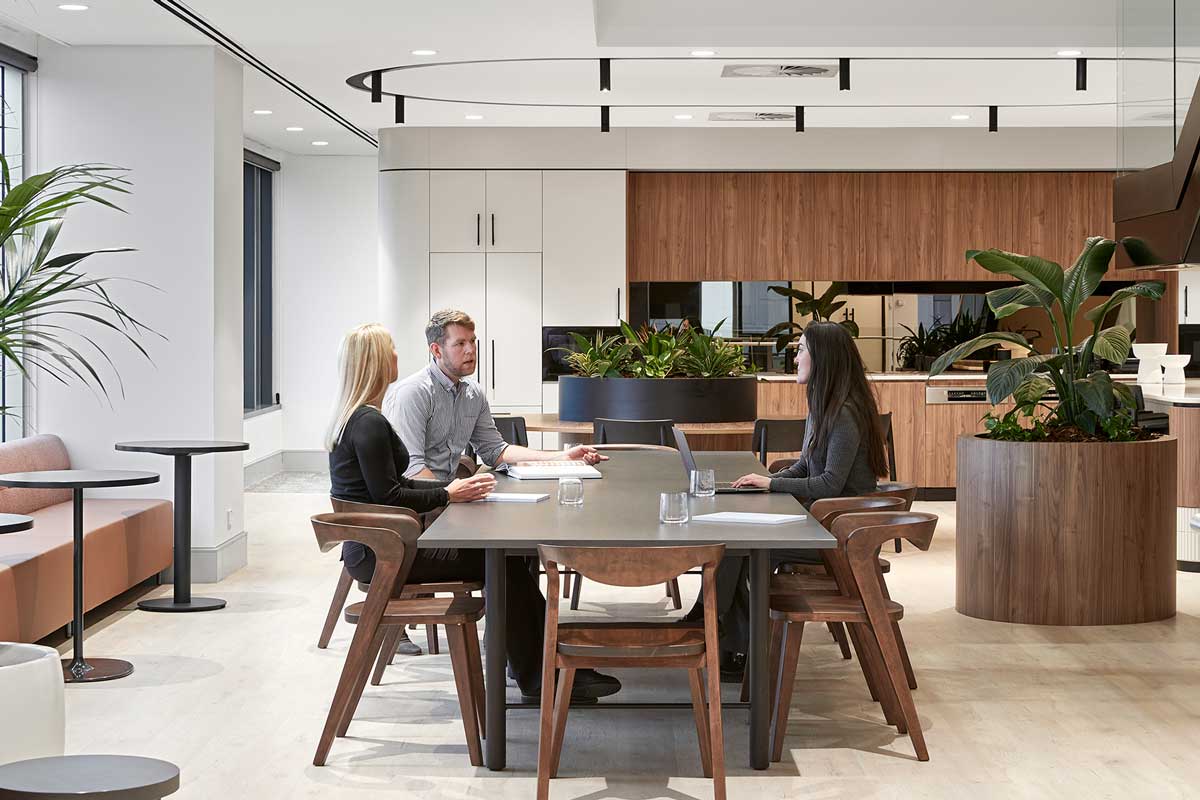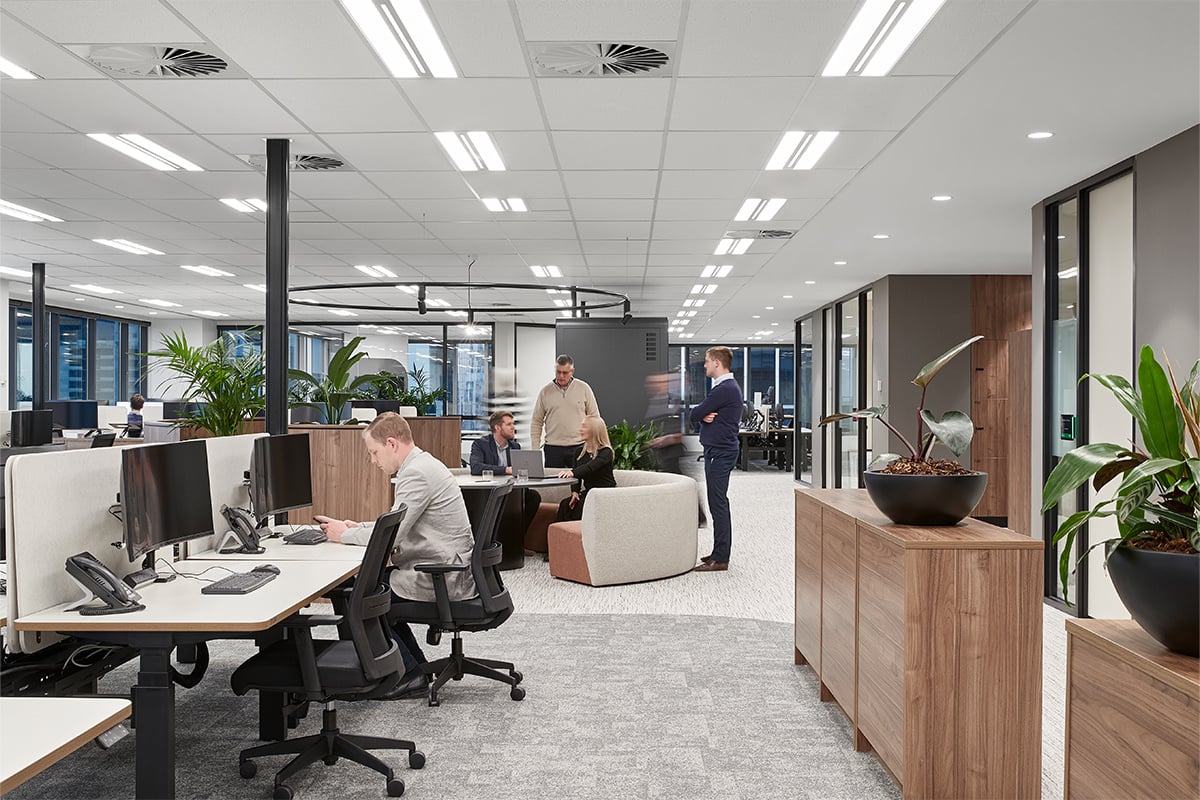Designing Workplaces for Neurodiversity
Creating Inclusive, Flexible and Socially Connected Spaces
Workplace design is increasingly recognised as a powerful tool for shaping employee experience, wellbeing, and performance, often aligned with organisational ESG and DEI goals. While diversity, equity, and inclusion efforts typically focus on visible characteristics such as gender, age, or physical ability, a growing awareness of neurodiversity is shifting attention toward supporting “invisible diversity” in the built environment. Neurodiversity encompasses a wide sphere of diagnosable and personality differences, including autism, ADHD, dyslexia, anxiety, and traits along the introvert and extrovert spectrum. These differences should never be seen as deficits, but rather as natural variations in cognition, personality, and behaviour that influence how people perceive and interact with one another and with their surroundings. Designing with neurodiversity in mind benefits not only those who identify as neurodivergent but enhances workplace experience for everyone.

